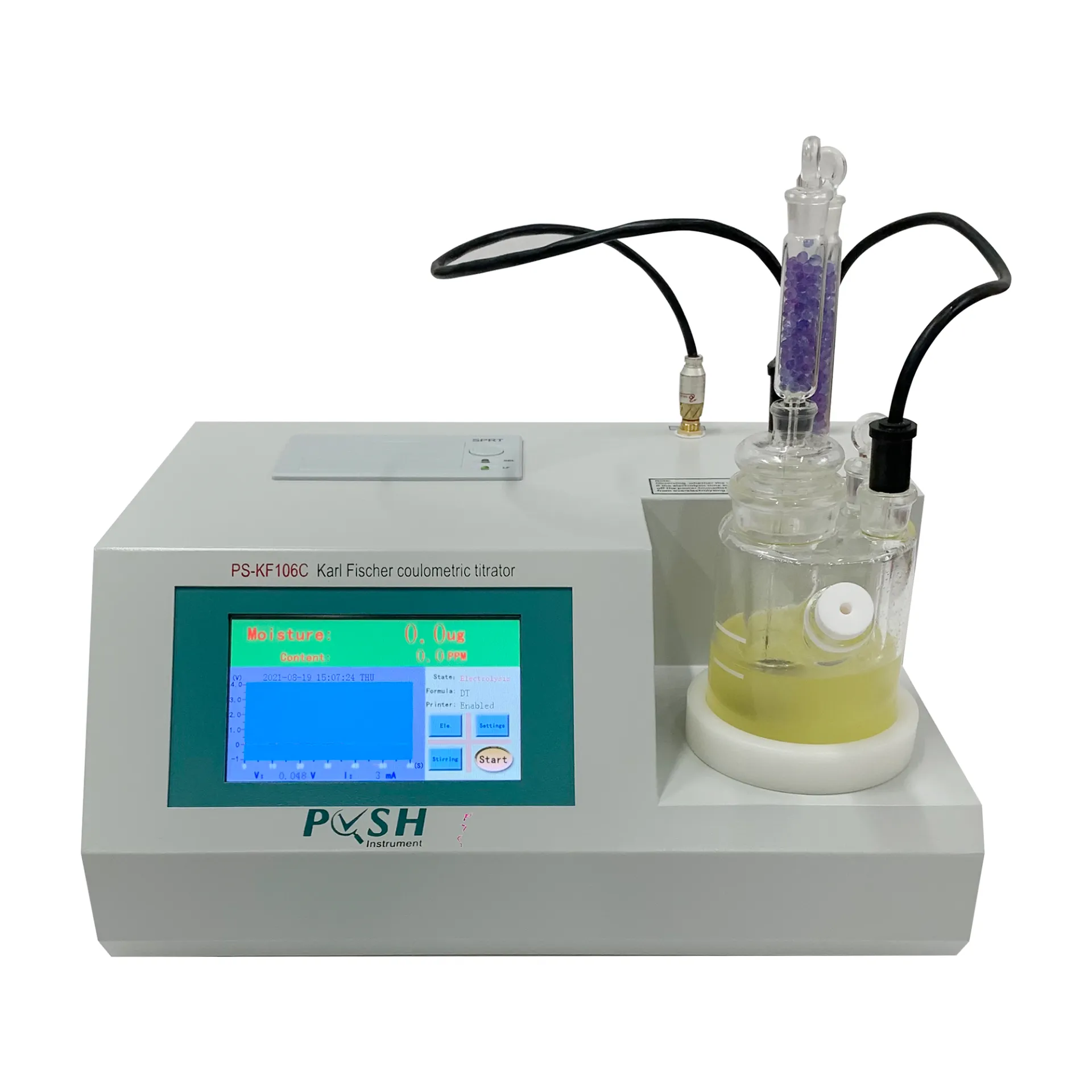 English
English



-
 Afrikaans
Afrikaans -
 Albanian
Albanian -
 Amharic
Amharic -
 Arabic
Arabic -
 Armenian
Armenian -
 Azerbaijani
Azerbaijani -
 Basque
Basque -
 Belarusian
Belarusian -
 Bengali
Bengali -
 Bosnian
Bosnian -
 Bulgarian
Bulgarian -
 Catalan
Catalan -
 Cebuano
Cebuano -
 China
China -
 China (Taiwan)
China (Taiwan) -
 Corsican
Corsican -
 Croatian
Croatian -
 Czech
Czech -
 Danish
Danish -
 Dutch
Dutch -
 English
English -
 Esperanto
Esperanto -
 Estonian
Estonian -
 Finnish
Finnish -
 French
French -
 Frisian
Frisian -
 Galician
Galician -
 Georgian
Georgian -
 German
German -
 Greek
Greek -
 Gujarati
Gujarati -
 Haitian Creole
Haitian Creole -
 hausa
hausa -
 hawaiian
hawaiian -
 Hebrew
Hebrew -
 Hindi
Hindi -
 Miao
Miao -
 Hungarian
Hungarian -
 Icelandic
Icelandic -
 igbo
igbo -
 Indonesian
Indonesian -
 irish
irish -
 Italian
Italian -
 Japanese
Japanese -
 Javanese
Javanese -
 Kannada
Kannada -
 kazakh
kazakh -
 Khmer
Khmer -
 Rwandese
Rwandese -
 Korean
Korean -
 Kurdish
Kurdish -
 Kyrgyz
Kyrgyz -
 Lao
Lao -
 Latin
Latin -
 Latvian
Latvian -
 Lithuanian
Lithuanian -
 Luxembourgish
Luxembourgish -
 Macedonian
Macedonian -
 Malgashi
Malgashi -
 Malay
Malay -
 Malayalam
Malayalam -
 Maltese
Maltese -
 Maori
Maori -
 Marathi
Marathi -
 Mongolian
Mongolian -
 Myanmar
Myanmar -
 Nepali
Nepali -
 Norwegian
Norwegian -
 Norwegian
Norwegian -
 Occitan
Occitan -
 Pashto
Pashto -
 Persian
Persian -
 Polish
Polish -
 Portuguese
Portuguese -
 Punjabi
Punjabi -
 Romanian
Romanian -
 Russian
Russian -
 Samoan
Samoan -
 Scottish Gaelic
Scottish Gaelic -
 Serbian
Serbian -
 Sesotho
Sesotho -
 Shona
Shona -
 Sindhi
Sindhi -
 Sinhala
Sinhala -
 Slovak
Slovak -
 Slovenian
Slovenian -
 Somali
Somali -
 Spanish
Spanish -
 Sundanese
Sundanese -
 Swahili
Swahili -
 Swedish
Swedish -
 Tagalog
Tagalog -
 Tajik
Tajik -
 Tamil
Tamil -
 Tatar
Tatar -
 Telugu
Telugu -
 Thai
Thai -
 Turkish
Turkish -
 Turkmen
Turkmen -
 Ukrainian
Ukrainian -
 Urdu
Urdu -
 Uighur
Uighur -
 Uzbek
Uzbek -
 Vietnamese
Vietnamese -
 Welsh
Welsh -
 Bantu
Bantu -
 Yiddish
Yiddish -
 Yoruba
Yoruba -
 Zulu
Zulu
smps transformer testing
Understanding SMPS Transformer Testing An Essential Process for Reliability
Switched Mode Power Supply (SMPS) transformers play a crucial role in the efficient conversion of electrical power. Their importance in the functioning of various electronic devices necessitates rigorous testing to ensure reliability and performance. This article delves into the significance of SMPS transformer testing, the methodologies involved, and the benefits derived from thorough testing practices.
SMPS transformers are designed to operate at high frequencies, which makes them different from traditional power transformers. They convert input voltage to output voltage using high-frequency switching techniques. As a result, the integrity of these transformers is vital for the overall performance of electronic systems. Any malfunction in the SMPS transformer can lead to inefficient power conversion, increased electromagnetic interference (EMI), and, in the worst-case scenario, catastrophic failures.
Testing Methodologies
The testing of SMPS transformers can be divided into several key methodologies, each focusing on specific parameters that affect the transformer’s performance
1. Insulation Resistance Testing This test measures the integrity of the insulation between the windings and the core. High insulation resistance is crucial to prevent short circuits and ensure the safety of the system.
2. Winding Resistance Testing Winding resistance is checked to determine the quality of the wire used and to detect any faults due to overheating or corrosion. This test is important for ensuring efficient power transfer and minimizing losses.
3. Inductance and Capacitance Testing These tests evaluate the inductance and stray capacitance of the transformer. Proper inductance ensures that the transformer functions correctly within its designed frequency range.
smps transformer testing

4. Thermal Testing Exposing the transformer to various temperature ranges helps assess its thermal stability. Rising temperature can indicate potential failures, making thermal testing a crucial component of the overall evaluation.
5. Leakage Inductance Testing This test measures unwanted inductance that might cause energy losses or interference with the operation of other components. Minimizing leakage inductance leads to better overall performance.
6. High Voltage Testing To verify the transformer’s ability to withstand voltage surges, high-voltage tests are performed. This is critical for ensuring that the transformer can endure unforeseen voltage spikes during operation.
Benefits of Comprehensive Testing
The primary benefit of comprehensive SMPS transformer testing is the assurance of reliability in electronic devices. A well-tested transformer minimizes the risk of failures, ensuring that devices operate efficiently and safely. Furthermore, thorough testing can enhance the lifespan of the transformer, resulting in reduced maintenance costs and improved customer satisfaction.
In addition to performance benefits, rigorous testing also aids in compliance with industry standards and regulations. Manufacturers can confidently certify their products, enhancing marketability and instilling trust in consumers.
Conclusion
In conclusion, SMPS transformer testing is an indispensable aspect of the manufacturing process. With various testing methodologies available, manufacturers can ensure that their transformers meet the required performance and safety standards. As the demand for efficient and reliable power supplies continues to grow, investing in thorough testing practices will undoubtedly yield long-term benefits for both manufacturers and consumers alike.
-
Testing Equipment Industry Sees Major Advancements in 2025: Smart & Precision Technologies Lead the WayNewsJun.06,2025
-
Applications of Direct Current Generators in Renewable Energy SystemsNewsJun.05,2025
-
Hipot Tester Calibration and Accuracy GuidelinesNewsJun.05,2025
-
Digital Circuit Breaker Analyzer Features and BenefitsNewsJun.05,2025
-
Benefits of Real-Time Power Quality Monitoring Devices for Industrial EfficiencyNewsJun.05,2025
-
Earth Fault Loop Testing in High-Rise Building Electrical SystemsNewsJun.05,2025



